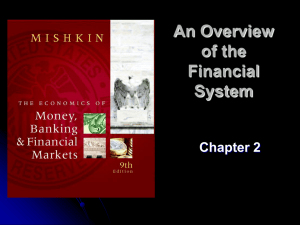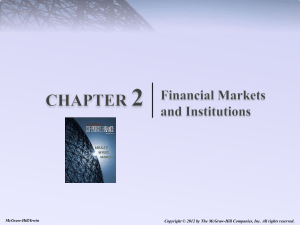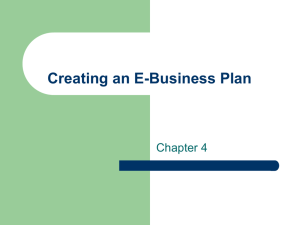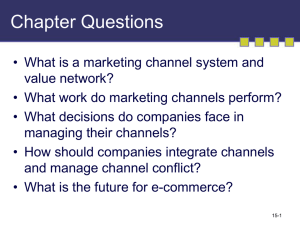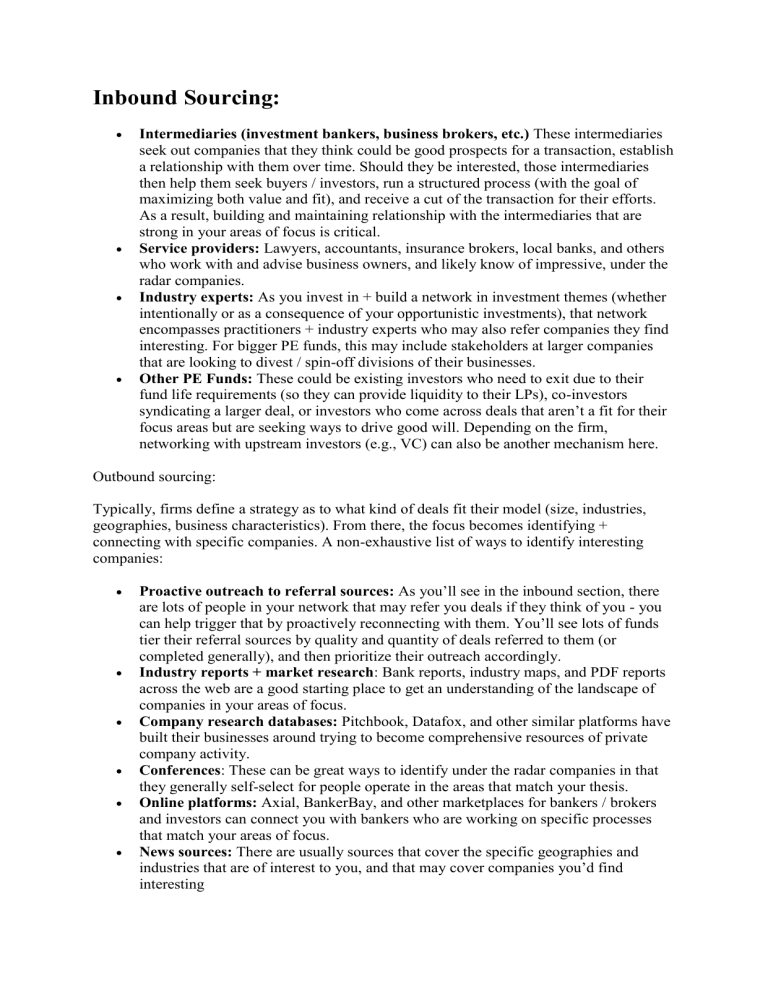
Inbound Sourcing: Intermediaries (investment bankers, business brokers, etc.) These intermediaries seek out companies that they think could be good prospects for a transaction, establish a relationship with them over time. Should they be interested, those intermediaries then help them seek buyers / investors, run a structured process (with the goal of maximizing both value and fit), and receive a cut of the transaction for their efforts. As a result, building and maintaining relationship with the intermediaries that are strong in your areas of focus is critical. Service providers: Lawyers, accountants, insurance brokers, local banks, and others who work with and advise business owners, and likely know of impressive, under the radar companies. Industry experts: As you invest in + build a network in investment themes (whether intentionally or as a consequence of your opportunistic investments), that network encompasses practitioners + industry experts who may also refer companies they find interesting. For bigger PE funds, this may include stakeholders at larger companies that are looking to divest / spin-off divisions of their businesses. Other PE Funds: These could be existing investors who need to exit due to their fund life requirements (so they can provide liquidity to their LPs), co-investors syndicating a larger deal, or investors who come across deals that aren’t a fit for their focus areas but are seeking ways to drive good will. Depending on the firm, networking with upstream investors (e.g., VC) can also be another mechanism here. Outbound sourcing: Typically, firms define a strategy as to what kind of deals fit their model (size, industries, geographies, business characteristics). From there, the focus becomes identifying + connecting with specific companies. A non-exhaustive list of ways to identify interesting companies: Proactive outreach to referral sources: As you’ll see in the inbound section, there are lots of people in your network that may refer you deals if they think of you - you can help trigger that by proactively reconnecting with them. You’ll see lots of funds tier their referral sources by quality and quantity of deals referred to them (or completed generally), and then prioritize their outreach accordingly. Industry reports + market research: Bank reports, industry maps, and PDF reports across the web are a good starting place to get an understanding of the landscape of companies in your areas of focus. Company research databases: Pitchbook, Datafox, and other similar platforms have built their businesses around trying to become comprehensive resources of private company activity. Conferences: These can be great ways to identify under the radar companies in that they generally self-select for people operate in the areas that match your thesis. Online platforms: Axial, BankerBay, and other marketplaces for bankers / brokers and investors can connect you with bankers who are working on specific processes that match your areas of focus. News sources: There are usually sources that cover the specific geographies and industries that are of interest to you, and that may cover companies you’d find interesting Google: At the end of the day, targeted online searches are probably still the most comprehensive way of getting online, public information about companies. Takes a lot of manual effort, but the payoff can be well worth it. Once you identify the companies, you need to find a way to get in the door. Three ways I’ve seen work: Asking for introductions: when done well, this ups the conversion rate from cold email to first meeting quite a bit. Unfortunately this is tricky today because it’s hard to know how well your teammates actually know someone (unless you have a solution like 4Degrees). Conferences: in addition to being a great place to identify companies, you can also use those events as an opportunity to personally connect with management teams and establish a relationship. Cold outreach: This is the fallback when the first two aren’t an option. You can do this via email, phone call, LinkedIn messages, and more. So, in short - lots of mechanisms at your disposal! We’ve found that the best PE business development teams also benefit from having systems to help them leverage the firm’s network to drive the best quality deal flow from bankers and other referral sources, while also eliminating a lot of deal data entry. If that sounds interesting - check us out at





